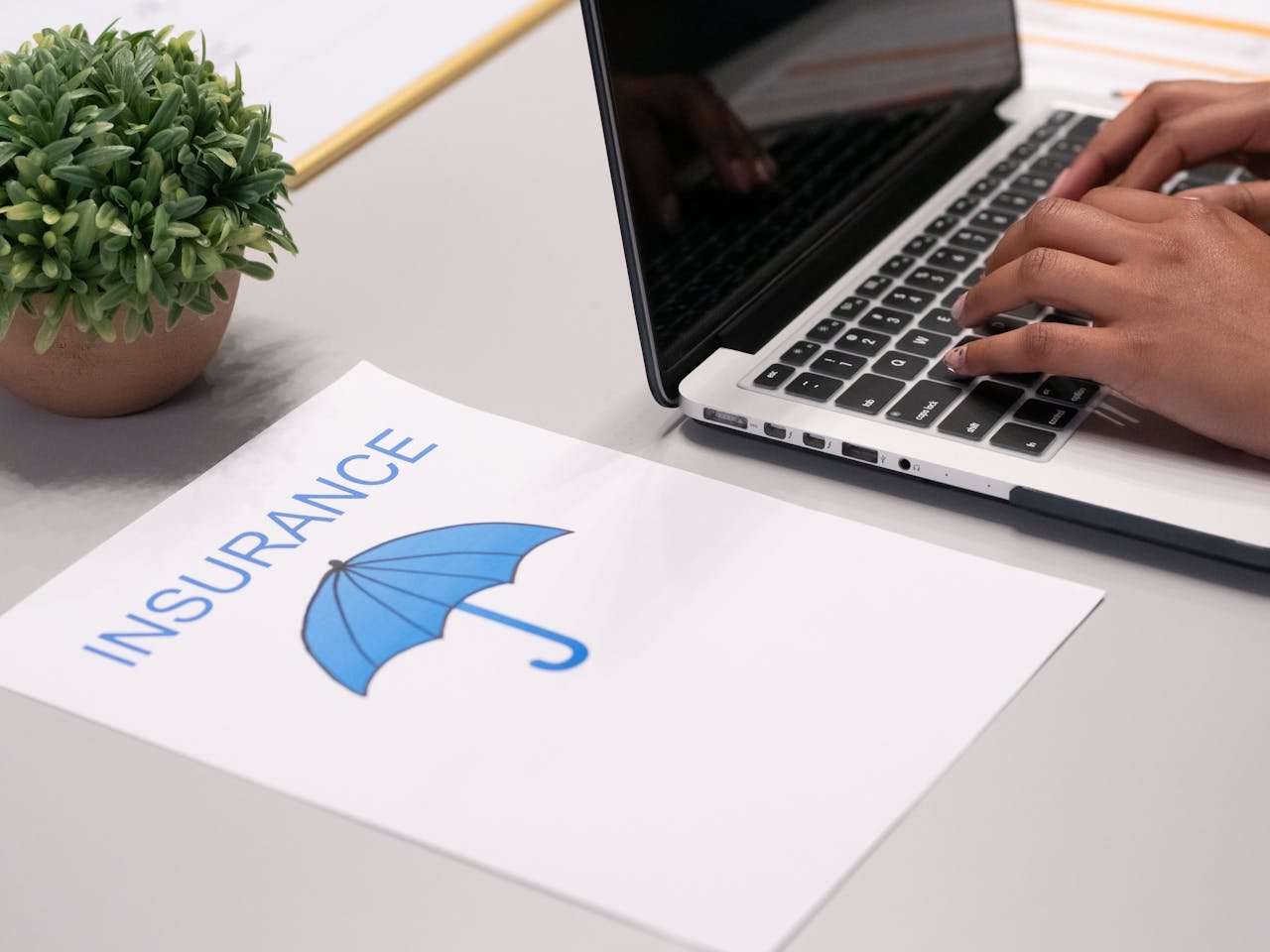Motorcycle
The feeling of taking to the open road on a motorcycle is unlike anything else. But with that freedom comes a heightened need for safety.
Whether you\’re a seasoned rider or just starting, there are important precautions you can take to ensure your safety and that of others on the road. That\’s why we\’ve gathered tips and tricks from experienced riders to help you stay safe while riding your motorcycle.
Check your tires regularly, and ensure your brakes are functioning properly. Also, ensure all lights and signals are working to ensure maximum visibility on the road.
What are the Risks of Motorcycling and How to Minimize Them
Motorcycling offers a unique combination of freedom, excitement, and adventure that you can hardly find in any other activity. However, as much fun as it can be, it also comes with a fair share of risks. Motorcyclists are exposed to various potential hazards on the road, such as unexpected obstacles, weather conditions, poor road quality, other road users, and even themselves.
One of the biggest risks of motorcycling is the lack of protection. Unlike cars, motorcycles do not have a protective shell to shield riders from the outside environment. Even with high-quality protective gear, such as helmets, jackets, gloves, and boots, riders are still exposed to various injuries in case of an accident, such as fractures, concussion, road rash, and even death.
However, several ways exist to minimize these risks and ensure a safer riding experience. Firstly, never underestimate the importance of high-quality protective gear. Always wear full protective gear, including a DOT-compliant helmet, gloves, jacket, pants, and boots.
Secondly, keep your motorcycle in good shape by performing regular maintenance and checks, including tire pressure, brakes, lights, and fluids. Lastly, practice safe riding habits, such as wearing bright colors, staying visible, following traffic rules, never riding under the influence, and continuously improving your riding skills through training and education.
Rules of the Road – The Most Important Safety Tips from Experienced Motorcycle Riders
As a motorcycle rider, it\’s crucial to prioritize your safety on the road. Motorcycle riding can be an exhilarating experience, but it also comes with certain dangers. Experienced riders know that following the rules of the road is essential for staying safe and avoiding accidents. In this article, we\’ll explore some of the most important safety tips from experienced motorcycle riders.
One of the most critical safety tips for motorcycle riders is to always wear proper protective gear. This includes a DOT-approved helmet, gloves, boots, and a jacket or full-riding suit. Protective gear can help minimize injuries in the event of an accident and can significantly reduce the risk of serious injury or death while riding. Additionally, riders should ensure that their protective gear is in good condition and fits properly before hitting the road.
Another critical safety tip for motorcycle riders is to stay visible while riding. This means wearing brightly colored gear, using reflectors or reflective tape on the bike, and using signals to communicate with other drivers on the road. Riders should also ensure that their headlights are working correctly and avoid riding in blind spots of other vehicles. Following these safety tips can help keep motorcycle riders safe on the road, and ensure that they arrive at their destination safely.
3 The Benefits of Motorcycle Training and Education
Motorcycle Training and Education are crucial aspects for every rider, regardless of their level of experience. It is important to understand the mechanics of a motorcycle, road rules, and regulations for safe riding. Motorcycle training courses offer a variety of benefits that contribute to the overall safety of riders on the road.
Understanding of the Rules and Regulations
Firstly, Motorcycle Training and Education courses provide riders with a comprehensive understanding of the rules and regulations they need to follow. Every state and country has its own set of motorcycle-related laws and regulations that riders must adhere to. Understanding these laws not only helps in avoiding legal issues but also promotes road safety. Motorcycle training courses allow riders to learn how to ride safely, confidently, and responsibly, reducing the number of accidents that occur on the road.
Training Can Improve a Rider\’s Skill
Secondly, Motorcycle Training and Education courses can improve a rider\’s skill level. Professional instructors allow riders to develop their riding skills on a closed course, which would be impossible on public roads. These courses help riders to sharpen their skills in braking, cornering, swerving, and controlling a two-wheeled vehicle in challenging situations. Riders who take these courses significantly reduce their likelihood of involving in an accident on the roads.
Help to Boost Confidence
Finally, training and education courses have been proven to boost riders\’ confidence. Riders who are confident in their abilities are less likely to panic in emergency situations and respond more effectively. The knowledge gained during motorcycle training courses builds the confidence of riders, making them less prone to debilitating conditions like anxiety or fear while riding. They become more comfortable on their motorcycles, which results in a better overall riding experience.
Stay Alert While Riding – How to Manage Visual & Cognitive Fatigue on Your Bike
Riding a motorcycle can be a liberating experience, but it can also be physically and mentally challenging. While many riders take the time to focus on their physical and mechanical safety while riding, it\’s important to remember the importance of mental alertness as well.
Visual and cognitive fatigue can be a significant issue for riders, and it\’s essential to know how to identify and manage these potential risks.
Visual fatigue refers to the strain put on your eyes while riding. When you\’re on a motorcycle, you\’re exposed to the elements, and there are many visual stimuli to react to. Long periods of riding can lead to eye strain or even headaches, making it more challenging to focus on the road.
To combat this, take periodic breaks to give your eyes a rest. Also, consider wearing anti-glare glasses or a tinted visor to protect your eyes from the sun\’s glare and other bright lights.
Cognitive fatigue, on the other hand, refers to the mental strain that occurs while riding a motorcycle. As a rider, you need to maintain a high level of alertness to be aware of potential dangers on the road.
Like visual fatigue, cognitive fatigue can lead to a lack of focus and slower response times. To prevent this, be sure to get enough rest before a ride, and take regular breaks during long rides.
It\’s also helpful to practice good breathing techniques to keep your mind and body relaxed while riding. By being aware of and managing visual and cognitive fatigue, you can help ensure that your motorcycle rides are safe and enjoyable experiences.
FAQs:
How do you stay stable on a motorcycle?
Maintain balance, keep a firm grip on the handlebars, position your body correctly, and stay alert.
How can I ride a motorcycle without fear?
practice, take a safety course, wear proper gear, start slow, and build confidence through experience.
How can I reduce my motorcycle risk?
Wear protective gear, follow traffic laws, ride defensively, maintain your motorcycle, and stay alert at all times.
How do you stay safe on the back of a motorcycle?
Wear a helmet, and protective gear, and hold on tight to the driver. Stay aware of your surroundings.









